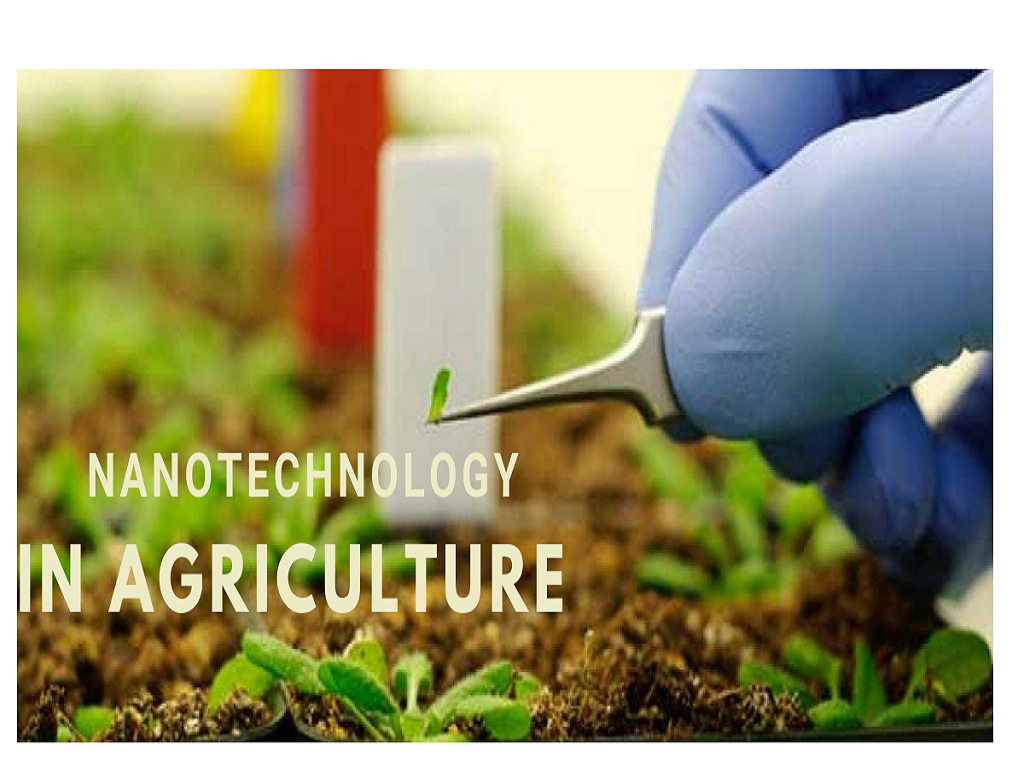The usage of unbelievably small instruments such as sensors that can be utilized for agricultural development is nanotechnology in agriculture. Nanotechnology is a new industrial rebellion and can lead to significant vicissitudes in the agricultural sector. The expansion of nanotechnology-based instruments and equipment underwrites to enhancing the efficiency and overcoming agrarian industry challenges. Agricultural tools reliant on nanotech have a considerable benefit; they help in detecting disease at an early age, enhance the plants’ nutrient absorption capacity and encourage the molecular disease treatment.
According to the report analysis, ‘Global Agricultural Nanotechnology Market: Segmented By End User (Electronics, Energy, Cosmetics, Biomedical, Defense, Food/Drink & Agriculture, and Automotive); By Application (Nanoscale Carriers, Nano lignocellulosic Materials, Clay Nanotubes, Biosensors, and Others) and Region – Global Analysis of Market Size, Share & Trends for 2019–2020 and Forecasts to 2030’ states that original agrochemical businesses propel global nanotechnology on the agricultural market owing to they study the prospects of the nanotechnology industry to accomplish the high efficiencies and higher technology insertion into agricultural plant components. Countless nano-products specially utilized in the agricultural industry have been introduced in the market by technologically concerned with medium-sized enterprises introducing the soil improvement products that encourage the distribution, storage, and consequent water savings of water evenly.
In agriculture, the market in nanotechnology has developed dramatically. Research has been done to measure the potential benefits of nanotechnology in agriculture in the marketing agrochemical segment. Nanotechnology applications in customer goods have also enlarged in some nations, involving the health and environmental safety, consumer perceptions and intellectual property laws, a number of ethical and societal concerns.
Request for Sample Report @ https://www.kenresearch.com/sample-report.php?Frmdetails=NDcyODc3
Nanotechnology is a new industrial revolution and can lead to important changes in the agricultural sector. The expansion of nanotechnology-based instruments and equipment contributes to enhancing the efficiency and overcoming agrarian industry challenges. Agricultural tools reliant on nanotech have a considerable profit; they help in detecting disease at an early age, enhance the plants’ nutrient absorption capacity and encourage the molecular disease treatment.
However, nanotechnology in agriculture is an intelligent farming technique demanding the technical knowledge. Restricted knowledge about and usage of advanced technologies generates an imbalance among comprehension and implementation of the concepts in the field of nano agriculture. While countless governments and market players around the world take initiatives to deliver the training and advising farmers on the usage of nanotechnology agriculture, several farmers are not included. Similarly, limited technical know-how is limiting the growth of the Agricultural Nanotechnology industry by farmers in underdeveloped countries such as China, India, and Brazil.
Global Agricultural Nanotechnology in North America held the largest market share of XX.X% in the year 2020. Countries such as the United States and Canada in America are the first to implement nanotechnology agriculture technologies, which is a foremost reason for the region’s significant proportion of the nanotechnology in agricultural market. In the United States, Western European nations, and Japan, agricultural nanotechnology is broadly used. Nanotechnology users have developed significantly in countries such as Brazil, India, China, South Korea, South Africa, and Thailand. South Africa and Thailand have conducted significant research development projects in nanotechnology and have established national activities to address particular requirements of agriculture nanotechnology.
For More Information on the Research Report, refer to below links: –
Global Agricultural Nanotechnology Market Analysis
Contact Us: –
Ken Research
Ankur Gupta, Head Marketing & Communications
+91-9015378249
Follow Us: –

